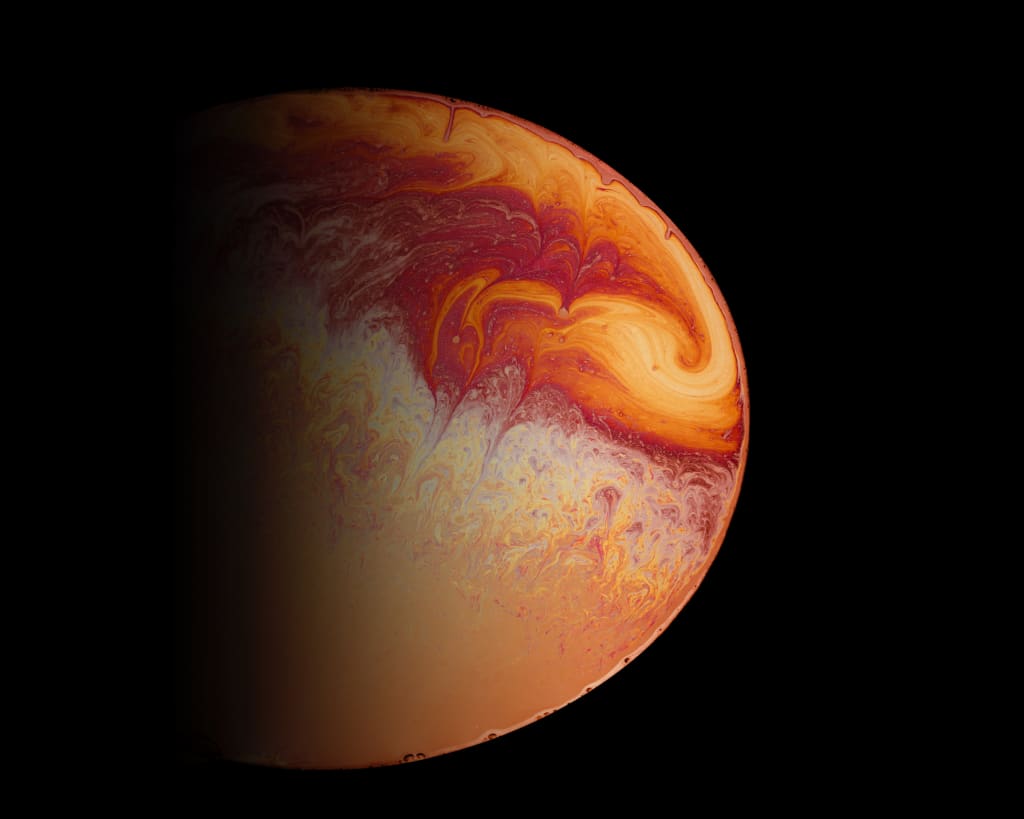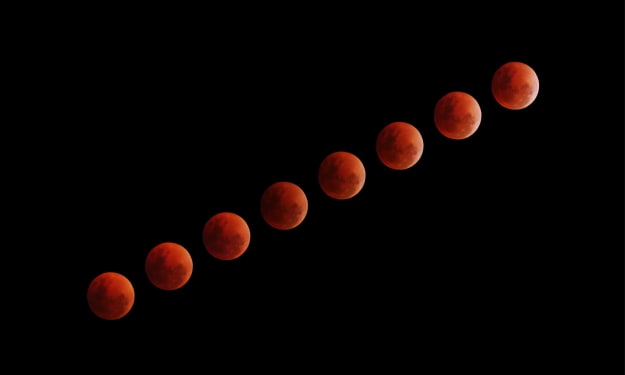"The Scarlet Enigma: Unveiling the Mystique of Mars, the Red Planet."
The fact that Mars is called the red planet.

Introduction:
In the cosmic tapestry of our solar system, one celestial body stands out with a distinct hue, earning it the moniker "the Red Planet." Mars, the fourth planet from the Sun, has captivated astronomers, scientists, and stargazers throughout history with its rusty-red appearance. In this exploration, we delve into the origins of Mars' characteristic color, the geological features that contribute to its crimson allure, and the cultural and scientific significance of its evocative title.
Chapter 1: The Palette of Mars.
Mars owes its reddish appearance to the presence of iron oxide, commonly known as rust, that permeates its surface. The iron-rich minerals on Mars oxidize over time, creating a reddish dust that blankets the planet. This distinctive coloration is particularly evident in the regolith—the loose, fragmented material that covers the Martian surface.
As sunlight interacts with the fine particles of dust on Mars, the longer wavelengths of light are scattered less than the shorter wavelengths, resulting in the prevalence of red and orange hues. This atmospheric scattering, known as Rayleigh scattering, bathes the Martian landscape in a warm, rusty glow, distinguishing it from the other planets in our solar system.
Chapter 2: The Geological Palette.
Beyond the surface dust, Mars exhibits a diverse geological palette that contributes to its overall reddish appearance. The planet is adorned with vast plains, ancient craters, towering volcanoes, and deep valleys—all influenced by geological processes that have shaped Mars over billions of years.
One prominent geological feature is the Martian soil, rich in iron-bearing minerals such as hematite and goethite. These minerals, when exposed to the oxidizing conditions on Mars, contribute to the pervasive reddish tint that permeates the planet's surface. The interaction between volcanic activity, erosion, and sedimentary processes further adds complexity to Mars' geological canvas.
Chapter 3: A Symphony of Colors: Mars' Varied Terrains.
While the overarching color of Mars is often described as red, the planet's surface displays a variety of hues that hint at its geological diversity. Dark regions, such as the expansive plains of volcanic basalt, contrast with lighter regions, such as the dusty polar ice caps and ancient cratered highlands.
Notable features like Valles Marineris, a vast canyon system, and Olympus Mons, the largest volcano in the solar system, showcase the intricate interplay of colors across the Martian landscape. The seasonal changes, including the appearance and disappearance of polar ice, contribute to the shifting hues observed from orbit and telescopic observations.
Chapter 4: Cultural and Scientific Significance.
The red hue of Mars has not only intrigued scientists and astronomers but has also left an indelible mark on human culture and imagination. In ancient times, Mars was associated with the gods of war due to its striking color, and it found a place in the mythologies of various civilizations. The reddish glow of Mars, visible to the naked eye in the night sky, stirred the imaginations of poets, philosophers, and storytellers across the ages.
In modern times, Mars has become a focal point for scientific exploration and the search for extraterrestrial life. The reddish appearance of the planet, as observed through telescopes and robotic missions, has become an icon of our quest to understand the mysteries of the cosmos.
Chapter 5: The Exploration of Mars.
The study of Mars has intensified with the advent of space exploration. Robotic missions, including orbiters, landers, and rovers, have provided unprecedented insights into the Martian landscape and its geological history. NASA's Mars rovers, such as Curiosity and Perseverance, have roamed the surface, analyzing rocks, soil, and atmospheric conditions to unravel the secrets of Mars' past and present.
The red coloration of Mars serves as a guide for scientists, helping them identify regions rich in iron and other minerals that may hold clues about the planet's geologic evolution. The pursuit of Martian meteorites on Earth and the analysis of Martian soil samples are further avenues for understanding the compositional intricacies hidden beneath the surface.
Chapter 6: The Seasonal Dance.
Mars, with its axial tilt and elliptical orbit, experiences distinct seasons that contribute to the changing hues of its surface. The polar ice caps, composed of water and carbon dioxide frost, expand and contract with the changing seasons. During the Martian summer, the polar caps recede, revealing darker underlying terrain and enhancing the contrast with the surrounding reddish soil.
These seasonal dynamics, along with the shifting patterns of dust storms and atmospheric conditions, create a dynamic interplay of colors that researchers monitor closely to gain a comprehensive understanding of Mars' climate and geology.
Chapter 7: A Vision for the Future.
As humanity looks to the future, Mars remains a tantalizing target for exploration and potential habitation. The red hue that has fascinated astronomers for centuries now beckons us to embark on a journey of scientific discovery and human exploration. Proposals for crewed missions to Mars, discussions about terraforming, and the prospect of establishing a human presence on the Red Planet underscore the enduring allure of Mars in our collective imagination.
Conclusion:
Mars, the Red Planet, continues to evoke wonder and curiosity as it stands as a testament to the dynamic processes that shape our solar system. Its rusty-red appearance, a result of iron-rich minerals and geological forces, has woven a rich tapestry of scientific exploration, cultural significance, and human imagination. Whether observed through the lens of a telescope or explored by robotic emissaries, Mars invites us to unravel its mysteries and dream of a future where humans might one day tread upon its reddened soil.





Comments
fatima zahra ajankar is not accepting comments at the moment
Want to show your support? Send them a one-off tip.